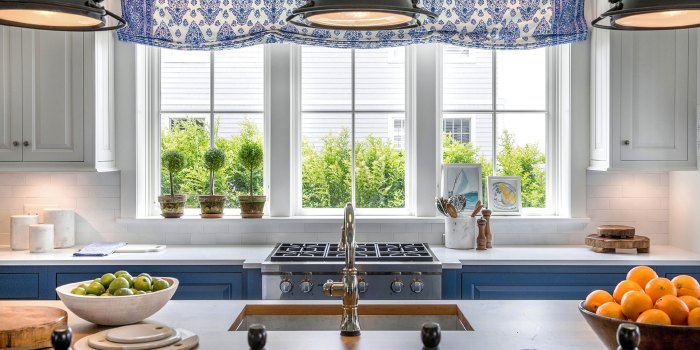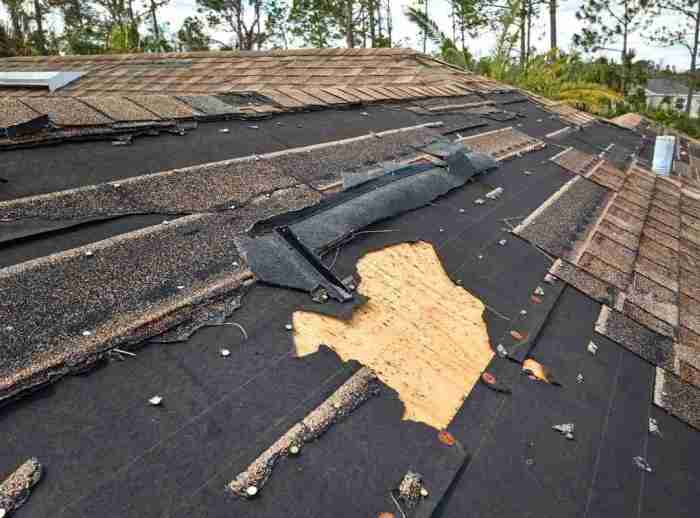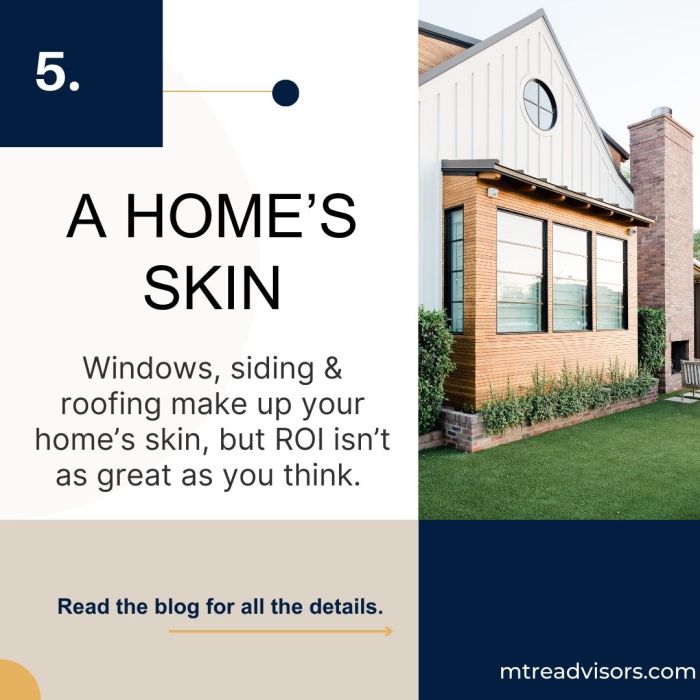Top 5 Exterior Trends That Will Dominate in 2025: Embracing the Future of Outdoor Design
Step into the future of outdoor design with the Top 5 Exterior Trends That Will Dominate in 2025. From cutting-edge materials to innovative technology, this discussion will unveil the exciting direction that exterior design is heading towards. Get ready to explore the trends that will shape outdoor spaces in the coming years
Discover how sustainability, technology, nature, functionality, and aesthetics converge to redefine the way we view and interact with outdoor environments.
Emerging Materials
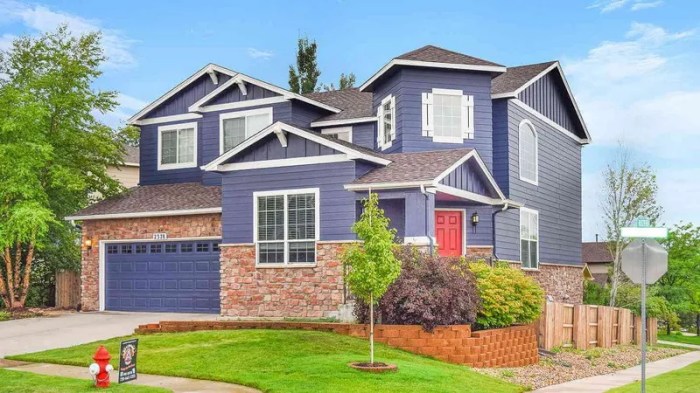
In the ever-evolving world of exterior design, the use of materials plays a crucial role in shaping trends. From innovative composites to sustainable options, the choice of materials can significantly impact the aesthetic appeal and longevity of a building.
Unconventional Materials
One of the key trends in exterior design is the exploration of unconventional materials. Architects and designers are now looking beyond traditional options like wood and brick, opting for materials such as recycled plastic, bamboo, and even mushroom mycelium. These materials not only offer unique visual textures but also contribute to sustainable practices by reducing waste and carbon footprint.
Sustainable Materials
Sustainability is a driving force behind the adoption of new materials in exterior design. With a growing focus on environmental conservation, materials like recycled metal, reclaimed wood, and eco-friendly composites are gaining popularity. These sustainable options not only help reduce the environmental impact of construction but also offer durability and longevity comparable to traditional materials.
Durability and Aesthetics
When comparing the durability and aesthetic appeal of new materials against traditional ones, it's essential to consider factors like weather resistance, maintenance requirements, and overall lifespan. While materials like fiber cement siding and engineered wood offer excellent durability, emerging options like bio-based plastics and carbon-negative concrete are pushing the boundaries of both sustainability and longevity in exterior design.
Innovative Technology Integration
Incorporating smart technology into exterior design has become a prominent trend, revolutionizing outdoor spaces with enhanced functionality and aesthetics. The integration of innovative technology not only elevates the overall look of the exteriors but also contributes to energy efficiency and sustainability.
Smart Lighting Systems
Smart lighting systems are being integrated into exterior design, allowing for customizable lighting options that can create different atmospheres and moods. These systems often come with features such as dimming capabilities, color-changing options, and remote control access, enabling homeowners to easily adjust the lighting according to their preferences and needs.
Automated Irrigation Systems
Incorporating automated irrigation systems in outdoor spaces not only simplifies the process of watering plants but also ensures efficient water usage. These systems can be programmed to water the plants at specific times and in precise amounts, reducing water waste and promoting sustainability in landscaping practices.
Solar-Powered Technology
The use of solar-powered technology in exterior design has gained popularity due to its eco-friendly nature and cost-saving benefits. From solar-powered outdoor lighting to solar panels integrated into exterior surfaces, harnessing solar energy has become a key component in enhancing energy efficiency and reducing the carbon footprint of residential and commercial properties.
Biophilic Design Elements
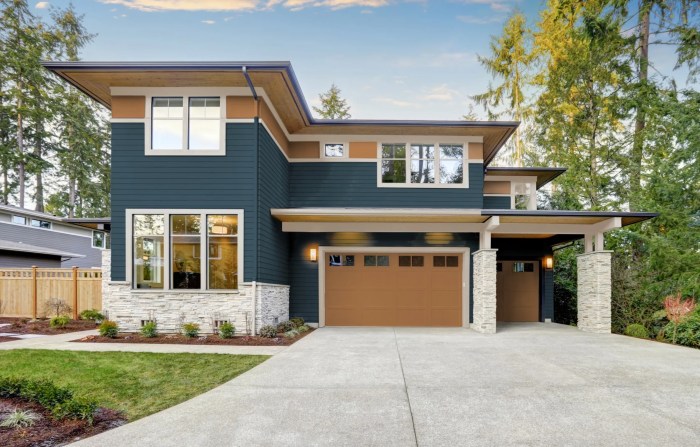
Biophilic design is a concept that integrates natural elements into the built environment to create a more harmonious and sustainable space. This design approach seeks to reconnect people with nature by incorporating elements such as natural light, plants, water features, and natural materials into the design of buildings and outdoor spaces.
Incorporating Natural Elements
One way to incorporate biophilic design elements into exterior spaces is by creating green walls or vertical gardens. These features not only add a touch of nature to the space but also improve air quality and provide a sense of tranquility.
Another way is to use natural materials like wood, stone, and bamboo in outdoor furniture and structures to create a seamless connection with the environment.
Psychological and Health Benefits
Studies have shown that integrating nature into outdoor living spaces can have a positive impact on mental health and well-being. Exposure to natural elements has been linked to reduced stress, improved mood, and increased cognitive function. By incorporating biophilic design elements, outdoor spaces can become more inviting and conducive to relaxation and social interaction.
Versatile Outdoor Living Spaces
In 2025, versatile outdoor living spaces will continue to be a major trend in exterior design. These spaces are designed to cater to various activities and provide a seamless transition between indoor and outdoor living.
Designing Multifunctional Outdoor Areas
Creating outdoor spaces that can serve multiple purposes is key in maximizing usability, especially in smaller outdoor areas. This can include incorporating features such as retractable awnings, convertible furniture, and built-in storage to make the most of the space available.
Blurring the Lines Between Indoor and Outdoor Living
The trend of blurring the lines between indoor and outdoor living spaces will continue to grow in popularity in 2025. This can be achieved through the use of sliding glass doors, outdoor kitchens, and cohesive design elements that create a seamless flow from the inside out.
Bold Colors and Patterns
When it comes to exterior design trends in 2025, bold colors and intricate patterns are set to make a statement. Incorporating vibrant hues and eye-catching designs can instantly transform outdoor spaces, creating a visually appealing and dynamic environment.
Color Psychology in Outdoor Spaces
Incorporating bold colors in outdoor design can evoke specific emotions and create different atmospheres. For example, warm tones like reds and oranges can add energy and warmth to a space, while cool blues and greens can promote relaxation and tranquility.
Understanding color psychology can help in creating inviting and harmonious outdoor areas that cater to different moods and purposes.
Tips for Incorporating Bold Colors and Patterns
- Start small: If you're hesitant about using bold colors, begin by incorporating them in smaller elements like furniture, cushions, or accessories.
- Balance is key: Pair bold colors with neutral tones to create a harmonious look. This will prevent the design from feeling overwhelming.
- Focus on focal points: Use bold colors and patterns strategically to highlight key areas or architectural features, drawing attention to specific elements.
- Consider the surroundings: Take into account the natural landscape and surroundings when choosing colors and patterns to ensure they complement rather than clash with the environment.
- Experiment and have fun: Don't be afraid to experiment with different color combinations and patterns to create a unique and personalized outdoor space that reflects your style and personality.
Final Wrap-Up
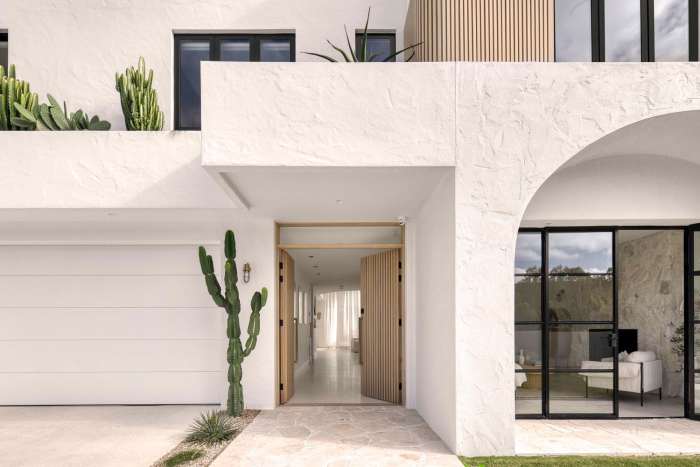
As we conclude our exploration of the Top 5 Exterior Trends That Will Dominate in 2025, it's clear that the future of outdoor design is filled with endless possibilities. Embrace these trends to create outdoor spaces that are not only visually stunning but also environmentally conscious and technologically advanced.
The stage is set for a new era of outdoor living - are you ready to be a part of it?
General Inquiries
How do bold colors and patterns impact exterior design?
Bold colors and patterns can add personality and visual interest to outdoor spaces, creating a dynamic and inviting atmosphere.
What is biophilic design and why is it important for outdoor spaces?
Biophilic design focuses on incorporating nature into the built environment to enhance well-being and create a connection to the natural world.
Why is the trend of blurring indoor and outdoor living spaces gaining popularity?
This trend caters to the desire for seamless transitions between indoor comfort and outdoor beauty, allowing for a more integrated and versatile living experience.
